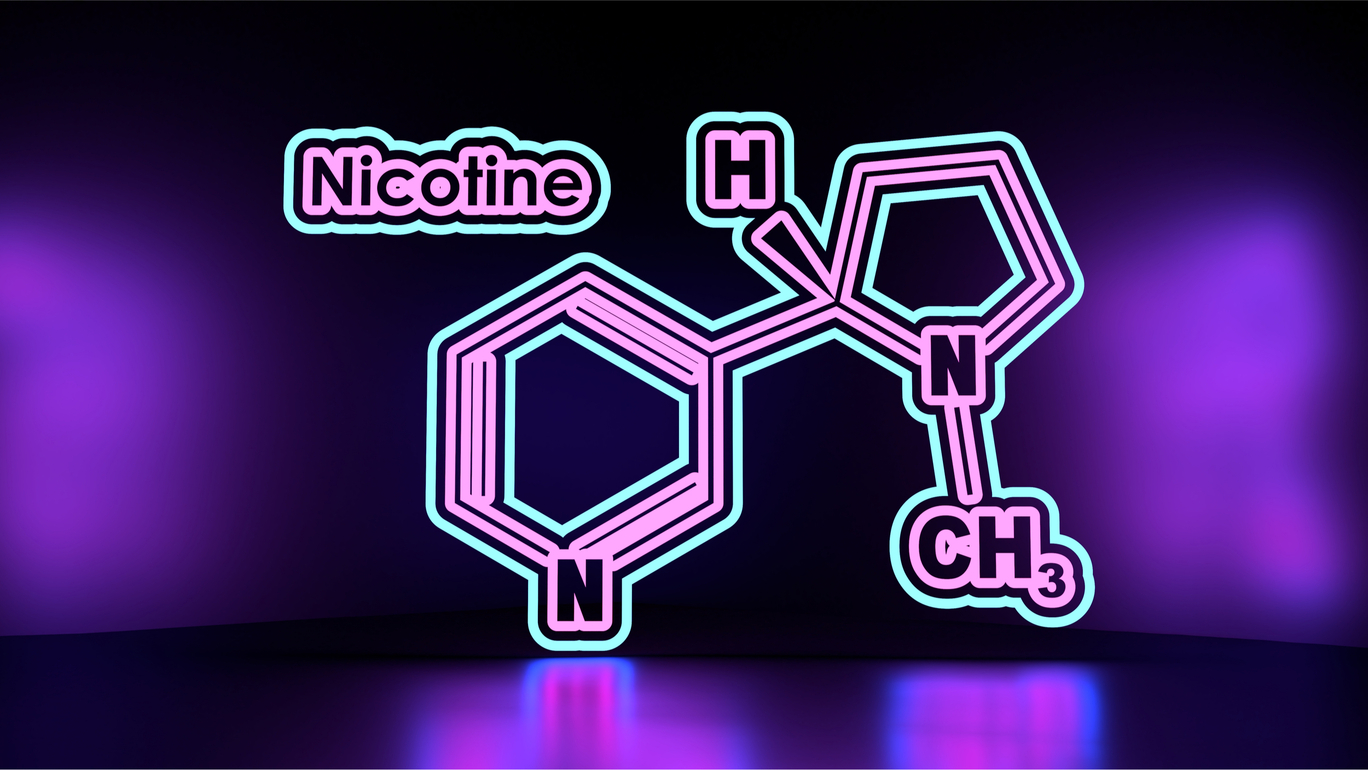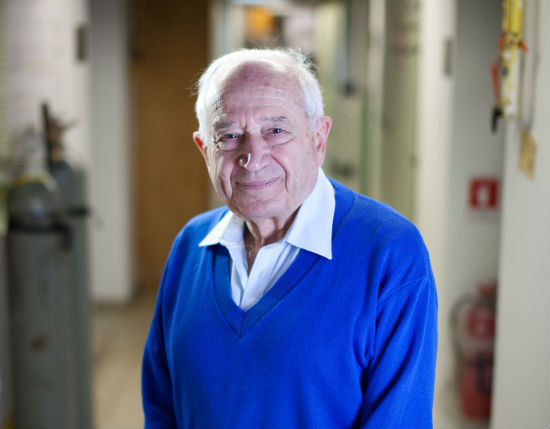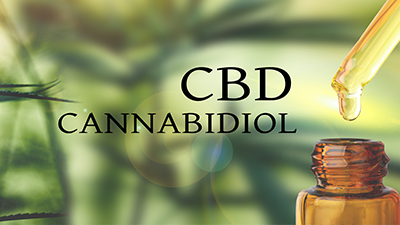
Professor Raphael Mechoulam, PhD “Addiction: Towards Discovery of an Endogenous Anti-Addiction Mechanism”

TheAnswerPage.com blog post by Professor Raphael Mechoulam, PhD
Until recently, addiction was assumed to be mainly a psychological state. Now it is believed that it represents a central nervous system disease. George Koob, an eminent researcher in the addiction field, states in his book on addiction (1), “The view that drug addiction and alcoholism are the pathology that result from an allostatic mechanism that usurps the circuits established for established natural rewards provides an approach to identifying the neurobiological factors that produce the vulnerability to addiction and relapse“.
Assuming that the animal body recognizes addiction as an undesirable state (aka disease), it was plausible to assume that the animal body may try to establish ways to lower the effects of such a disease. Indeed, we are aware that some individuals do not get addicted using addictive drugs, while others do get addicted. The reason for these differences is not known yet.
On the above basis we – a joint group from the US, Canada, Italy and my lab – looked for a natural anti addiction defense mechanism. We started our research based on an observation made by Naqvi et al (2), who reported that cigarette smokers suffering from traumatic brain injury, which included insula cortex damage, abruptly ceased their nicotine addiction. This observation, along with more recent data (3,4) showing that the insula may control processes that moderate or inhibit addictive behavior, suggested the existence of a neurochemical, sensitive to brain injury, that might counteract nicotine reward and dependence.
After several years of research, we found that mouse insula after trauma produces a molecule, oleoyl glycine (OlGl) that has powerful anti-nicotine addiction properties (5). Oleoyl glycine is the amide of oleic acid with the amino acid glycine. We found that OlGl in mice blocks the establishment of nicotine place preference (CPP) – a test for addiction formation – and reduces withdrawal responses in nicotine-dependent mice. In morphine dependent rats OlGl reduced withdrawal responses, but did not affect morphine CPP, demonstrating selectivity (6,7).
We also found a tentative mechanism of the anti-nicotine addiction effect. OlGly activated peroxisome proliferator-activated receptor alpha (PPAR-α) in vitro and a PPAR-α antagonist restored nicotine CPP in OlGly-treated mice (5). We also found that OlGl has protective effects in a mouse model of mild traumatic brain injury (8).
We assumed that OlGl, being an amide, may be easily degraded by amidases in the body. Hence we synthesized a derivative, oleoyl alanine, in which the amide bond is somewhat protected. Indeed, it was noted that oleoyl alanine (OlAla) is a more stable and effective treatment for opiate withdrawal than oleoyl glycine (9). Indeed, OlAla maintained its effectiveness in reducing opioid withdrawal responses in rats experiencing both acute opioid withdrawal (9) and chronic opioid withdrawal. However, neither OlGl nor N-OlAla modify tolerance to nociception, hyperthermia, and suppression of activity produced by morphine (10).
On the basis of the above recent discoveries ,we assume that exogenous administration of oleoyl glycine, or compounds with similar characteristics, like oleoyl alanine, will be beneficial for the modification or the prevention of the nicotine addictive state, as well as, nicotine and opiate withdrawal.
References:
- F.Koob, M.A.Arends, M.Le Moal. Drugs, Addiction and the Brain. Academic Press, Elsevier, Amsterdam 2014.
- Naqvi NH, Rudrauf, D., Damasio, H., Bechara, A., 2007. Damage to the insula disrupts addiction to cigarette smoking. Science 315, 531–534.
- Naqvi NH, Gaznick N, Tranel D, Bechara A (2014): The insula: a critical neural substrate for craving and drug seeking under conflict and risk. Ann N Y Acad Sci. 1316: 53–70.
- Abdolahi A, Williams GC, Benesch CG, Wang HZ, Spitzer EM, Scott BE, et al. (2015): Damage to the insula leads to decreased nicotine withdrawal during abstinence. Addiction. 110: 1994–2003.
- Donvito, F.Piscitelli, P.Muldoon, A.Jackson, R.Vitale, E.D’Aniello, C.Giordano, B.Ignatowska-Jankowska, M. Mustafa, F.Guida, G.Petrie, L.Parker, R.Smoum, L.J. Sim-Selley, S.Maione, A.H.Lichtman, M.I.Damaj,V.Di Marzo, R. Mechoulam. N-Oleoyl glycine reduces nicotine reward and withdrawal in mice. Neuropharmacol. 148: 320-331 (2019). 6
- N. Petrie, K. L.Wills, F. Piscitelli, R. Smoum, C. L. Limebeer, E. M. Rock, S. M. Ayoub, A. E. Humphrey, M. Sheppard-Perkins, A. H. Lichtman, R. Mechoulam, V. Di Marzo, L. A Parker. Oleoyl glycine: interference with the aversive effects of acute naloxone precipitated MWD, but not morphine reward, in male Sprague–Dawley rats. Psychopharmacology (Berl). 236, 2623-2633 (2019).
- M. Rock, S.M. Ayoub, C.L. Limebeer, A. Gene, K.L. Wills, M.V. DeVuono, R. Smoum, V. Di Marzo, A.H. Lichtman, R. Mechoulam, L.A. Parker. Acute naloxone-precipitated morphine withdrawal elicits nausea-like somatic behaviors in rats in a manner suppressed by N-oleoylglycine. Psychopharmacology (Berl). 237, 375-384 (2020).
- Piscitelli, F. Guida, L. Luongo, F. Iannotti, S. Boccella, R. Verde, A. Lauritano, R. Imperatore, R. Smoum, L. Cristino, A. Lichtman, L. Parker, R. Mechoulam, S. Maione, V. Di Marzo. Protective effects of N-oleoylglycine in a mouse model of mild traumatic brain injury. ACS Chem. Neurosci. 11, 1117-1128 (2020).
- M. Ayoub, R. Smoum, M. Farag, H. Atwal, S. A. Collins, E. M. Rock, C. L. Limebeer, F Piscitelli, F. A. Iannotti, A. H. Lichtman, F. Leri, V. Di Marzo, R. Mechoulam, L. A. Parker. Oleoyl alanine (HU595): A stable monomethylated oleoyl glycine interferes with acute naloxone precipitated morphine withdrawal in male rats. Psychopharmacology, 237, 2753-2765 (2020).
- M. Rock, C. L. Limebeer, M. T. Sullivan, M. V. DeVuono, A. H Lichtman, V. Di Marzo, R. Mechoulam, L. A. Parker. N-Oleoylglycine and N-oleoylalanine do not modify tolerance to nociception, hyperthermia, and suppression of activity produced by morphine. Frontiers Synaptic Neurosci. 13, 620145 (2021).


